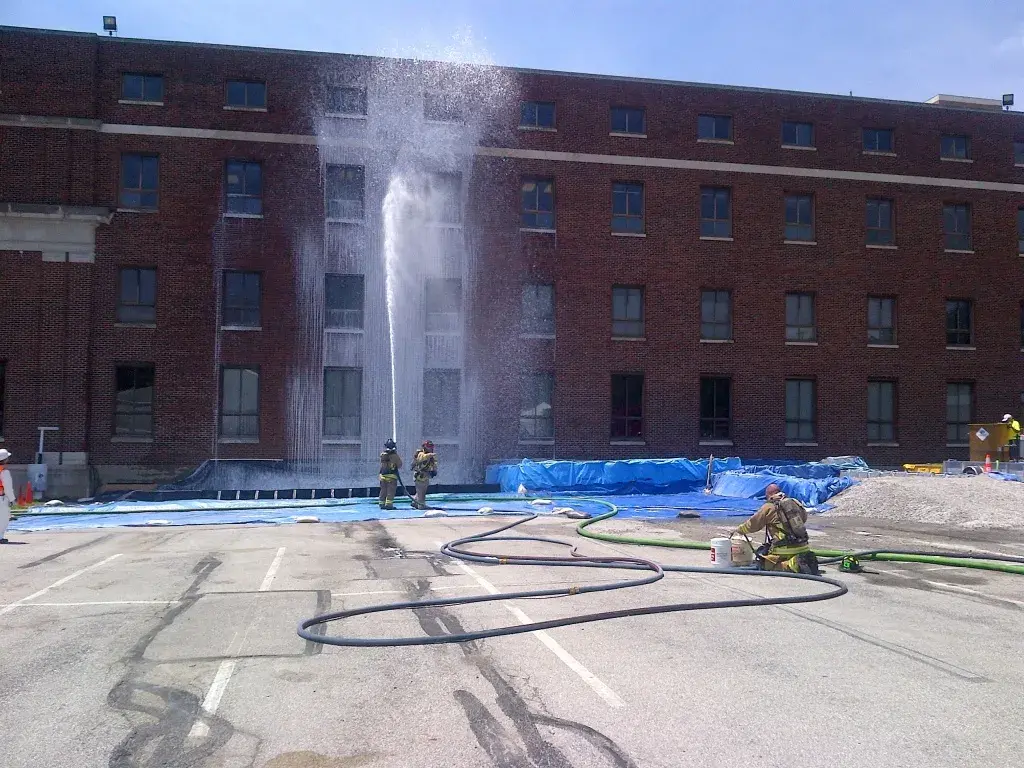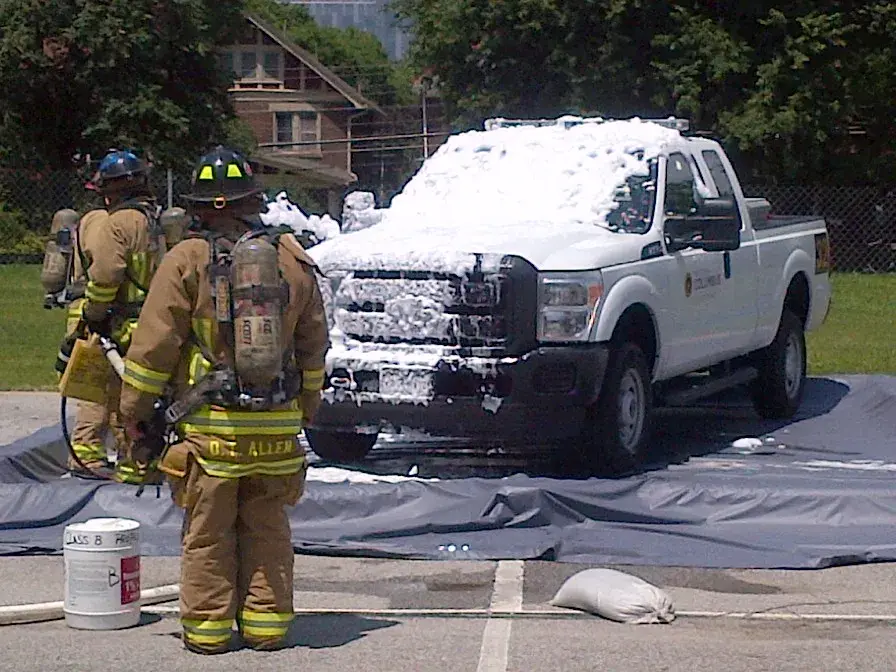Radiological incidents such as Chernobyl and Fukushima illustrate the need  for effective coordination of federal, state, and local agencies in response efforts. As part of our Nation’s efforts, earlier this year, the Department of Homeland Security (DHS) Science and Technology Directorate’s (S&T) National Urban Security Technology Laboratory (NUSTL) and the Environmental Protection Agency (EPA) demonstrated new technology developments at the Columbus, Ohio, Battelle Memorial Institute facility that will enable more effective radiological decontamination.
for effective coordination of federal, state, and local agencies in response efforts. As part of our Nation’s efforts, earlier this year, the Department of Homeland Security (DHS) Science and Technology Directorate’s (S&T) National Urban Security Technology Laboratory (NUSTL) and the Environmental Protection Agency (EPA) demonstrated new technology developments at the Columbus, Ohio, Battelle Memorial Institute facility that will enable more effective radiological decontamination.
This demonstration was made possible through a partnership between NUSTL and EPA to research methods, best practices, and technologies for containing contamination and mitigating the hazard of radiation.
“It is vital for first responder agencies to understand the cleanup options available for events of all sizes,” explained NUSTL Radiological/Nuclear Response and Recovery (RNRR) Division Director Ben Stevenson. “When supporting local agencies and first responders for radiological response and recovery, it is important that S&T provide them with good scientific guidance and technology, but equally important that we connect them to experts and specialized federal assets that can support their operations and decision-making during an emergency.”
The Radiological Gross Decontamination and Waste Management First Responder Application project with the EPA is part of a NUSTL-managed research and development portfolio for S&T’s First Responders Group. It is focused on increasing local capabilities to respond to and recover from radiological incidents.
“Our partnership with DHS provided us with great opportunities to interface directly with local responders, providing them with tools for a more effective response that are not an additional burden to them—especially since they will be the first boots on the ground after an incident and will be primarily focused on saving lives and property,” said EPA environmental scientist Sang Don Lee. “These tools will also integrate into their activities as seamlessly as possible and into the activities of other responders who arrive later. This may dramatically speed up and lower the cost of the response and recovery, and help assure the public that their community will be able to bounce back after one of these incidents.”
The demonstration, which included state, local, and federal responders; subject matter expert scientists from national laboratories; and industry representatives, demonstrated how to apply these technologies on a city-wide scale using equipment already on hand, while minimizing the effects of radiological contaminants.
“While any radiological incident will have specific response and recovery operations, understanding the available technology in the toolbox is important in advance of an incident to ensure an effective and efficient response and recovery,” said Stevenson.
Responders gave positive feedback to EPA and DHS S&T about the structure of the event and information provided, and that will likely lead to future similar events to highlight available technology through field demonstrations. Additionally, lessons learned are being compiled and will be available in the near future in a report that will be posted to the firstresponder.gov website.
“We’ve strived for a long time to extend our cleanup work to all phases of radiological response and all levels of responders— federal, State, local, and tribal,” said Matthew Magnuson, EPA research chemist. “Collaborating with DHS allowed us a unique opportunity to turn this goal into reality and our research in this area into practice.”
